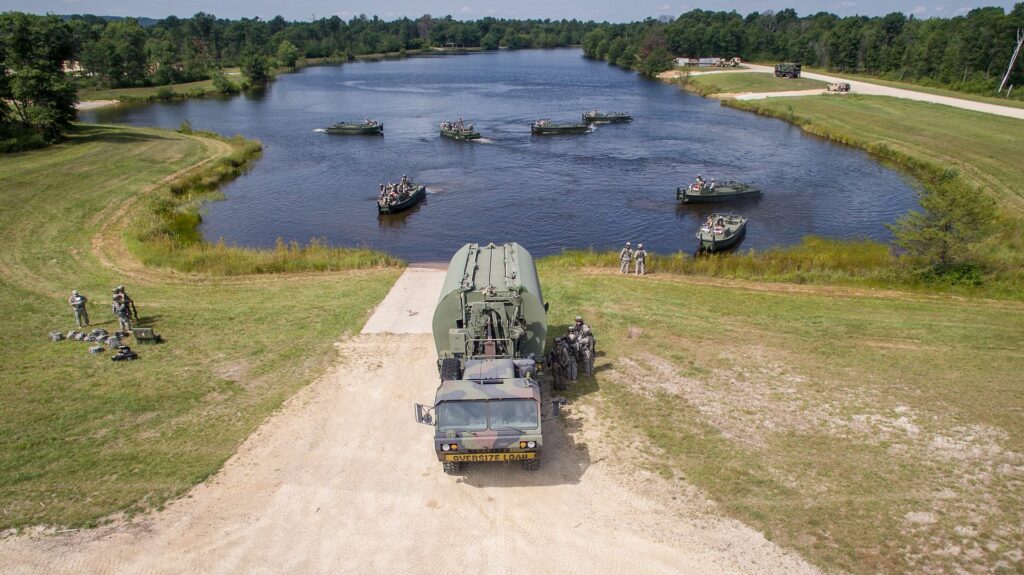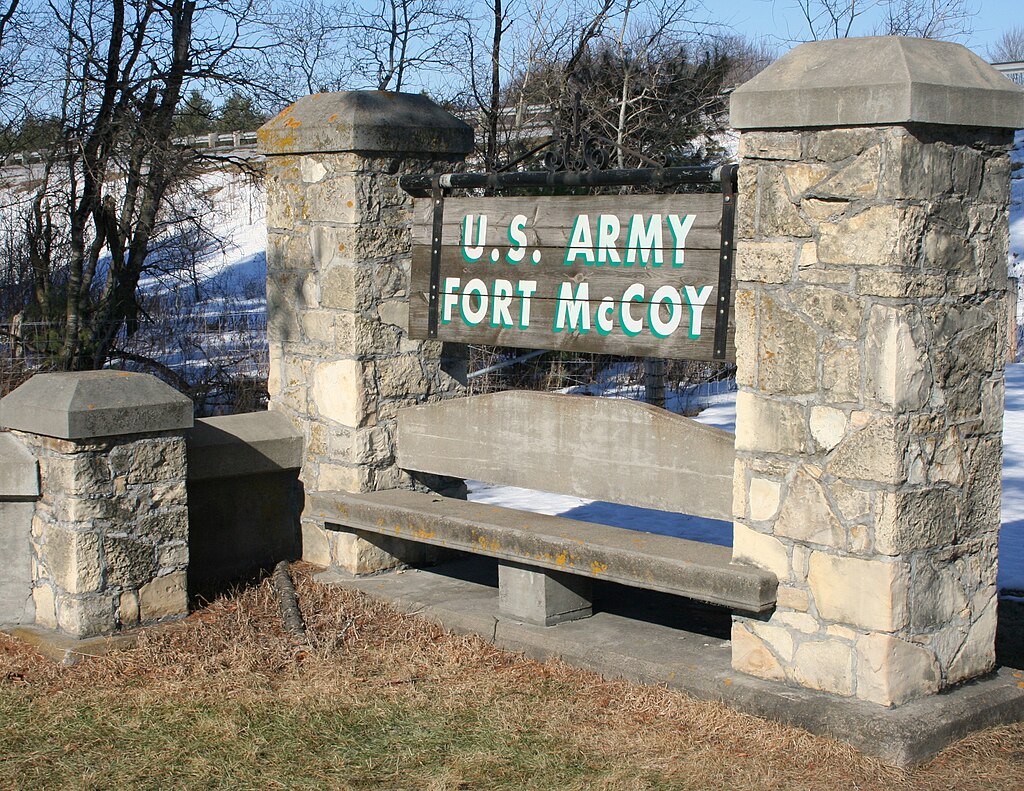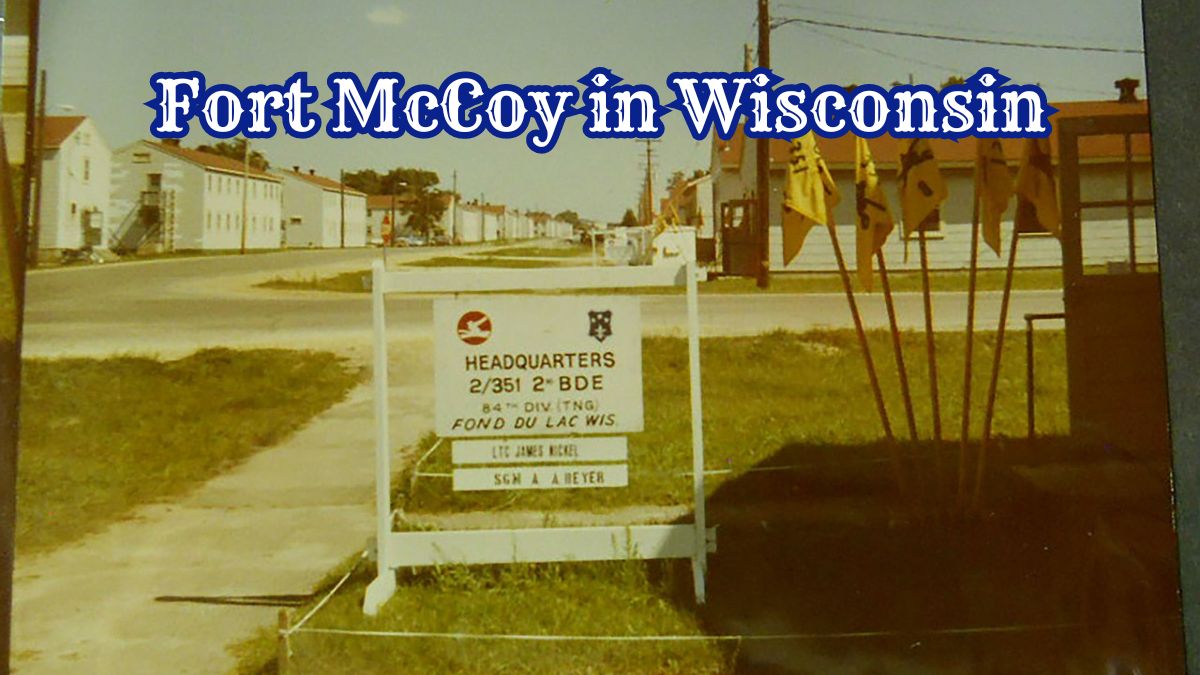Fort McCoy is a cornerstone of military readiness and history in Monroe County, Wisconsin. This comprehensive guide delves into the installation’s military significance, historical roots, and modern-day role.
Discover how Fort McCoy evolved from its origins as Camp Emory Upton to a pivotal training hub supporting operations like Desert Shield.
Explore the unique geographical features and climate that make Fort McCoy an ideal training ground.
Learn about the extensive facilities, housing options, and advanced communication systems that support military personnel and their families.
Dive into the daily life, policies, and winter readiness protocols that ensure safety and efficiency at Fort McCoy.
Fort McCoy Historic Overview

This section explores Fort McCoy’s military significance, geographical attributes, and pivotal role today.
Military Significance and History
Fort McCoy, situated in Monroe County, Wisconsin, has been an active military installation since its establishment in 1909 as Camp Emory Upton for artillery training.
It was named after Major General Robert Bruce McCoy, a distinguished figure in the military community.
Renamed Camp McCoy during the Spanish-American War, it became a key site for military personnel training and later evolved into Fort McCoy, which is still used today.
Its historical contribution is evident in operations such as Operation Desert Shield, where it served as a mobilization force generation installation.
Geography and Climate
The installation encompasses over 60,000 acres of land, collectively known as the Sparta Maneuver Tract in Monroe County. The site is characterized by distinct seasons, with a generally warmer climate.
This geography provides Fort McCoy with versatile terrain suitable for various training scenarios.
Current Role and Capabilities
Fort McCoy is a Total Force Training Center, ensuring total force readiness by catering to collective training requirements. It supports military components by offering comprehensive resources to prepare for mobilization.
Under the command and affiliation of the 88th Regional Support Command and the 84th Training Command, the center fosters a strategic support area for preparing America’s Armed Forces.
It’s recognized as a primary training site of choice due to its vast capabilities, including a robust range of strategic support areas and dedicated facilities to support the active component and mobilize the reserve.
Facility and Infrastructure

Fort McCoy’s infrastructure includes an extensive support network designed to meet the diverse needs of military personnel and their families.
It also includes robust communications systems, ensuring operational efficacy and connectivity.
Housing and Accommodations
Fort McCoy offers a range of military housing options, including single-family homes, which cater to the unique requirements of service members and their dependents.
Housing facilities are equipped to provide comfortable living spaces, and the monthly rentals vary, aiming to accommodate different ranks and family sizes.
- Types of Housing:
- Military housing
- Single-family homes
- Rental Information:
- Varied monthly rental range depending on rank and family size
Communications Systems
The base is served by a defense service network (DSN), a specialized communication system facilitating secure and reliable long-distance communications for military operations.
The DSN includes a unique number that enables service members to stay connected both domestically and internationally with a focus on security and efficiency.
- Communications Infrastructure:
- Defense service network
- Provider of long-distance communications service
- Contact:
- Special DSN number available to military personnel
Explore More: 5 Historic Forts of Wisconsin
Life at Fort McCoy
Life at Fort McCoy is shaped by specific policies and guidelines, especially during the winter months. These guidelines dictate everything from child supervision to vehicle operation and transportation.
Policies and Regulations
Fort McCoy has a Child Supervision Policy to ensure the safety and well-being of children on the base.
Vehicle operators on the base are expected to adhere strictly to a Primary Enforcement Seat Belt Law, which requires seat belts to be worn at all times. Violations are subject to primary enforcement.
Vehicle operators’ use of cell phones is restricted to hands-free devices only.
- Child Supervision Policy: Specific age-appropriate regulations enforced.
- Primary Enforcement Seat Belt Law: Mandatory seatbelt use for all vehicle occupants.
- Hands-Free Device: Mandatory for cell phone usage while driving.
Winter Readiness and Safety
With the arrival of winter months, safety readiness is paramount at Fort McCoy.
Vehicle operators must have good tires and a new battery to cope with the harsh conditions.
Everyone is advised to wear snow boots to prevent slips and falls and carry sufficient winter safety gear.
- Motor Vehicle Readiness: The Checklist includes good tires and a new battery.
- Personal Safety: Snow boots and winter gear usage are encouraged.
Transportation and Driving
Fort McCoy implements specific transportation and driving regulations.
Government vehicle operators must follow all directives regarding vehicle use and operation within the Fort McCoy area code.
Personal portable headphones while driving are prohibited to maintain full auditory awareness.
- Government Vehicle Operation: Strict adherence to base driving directives.
- Personal Vehicle Operation: No portable headphones are allowed while driving.

Cory is a website owner and content creator who enjoys fishing, history, coin collecting, and sports, among other hobbies. He is a husband and father of four.
Romans 15:4 For whatever was written in former days was written for our instruction, that through endurance and through the encouragement of the Scriptures we might have hope.

